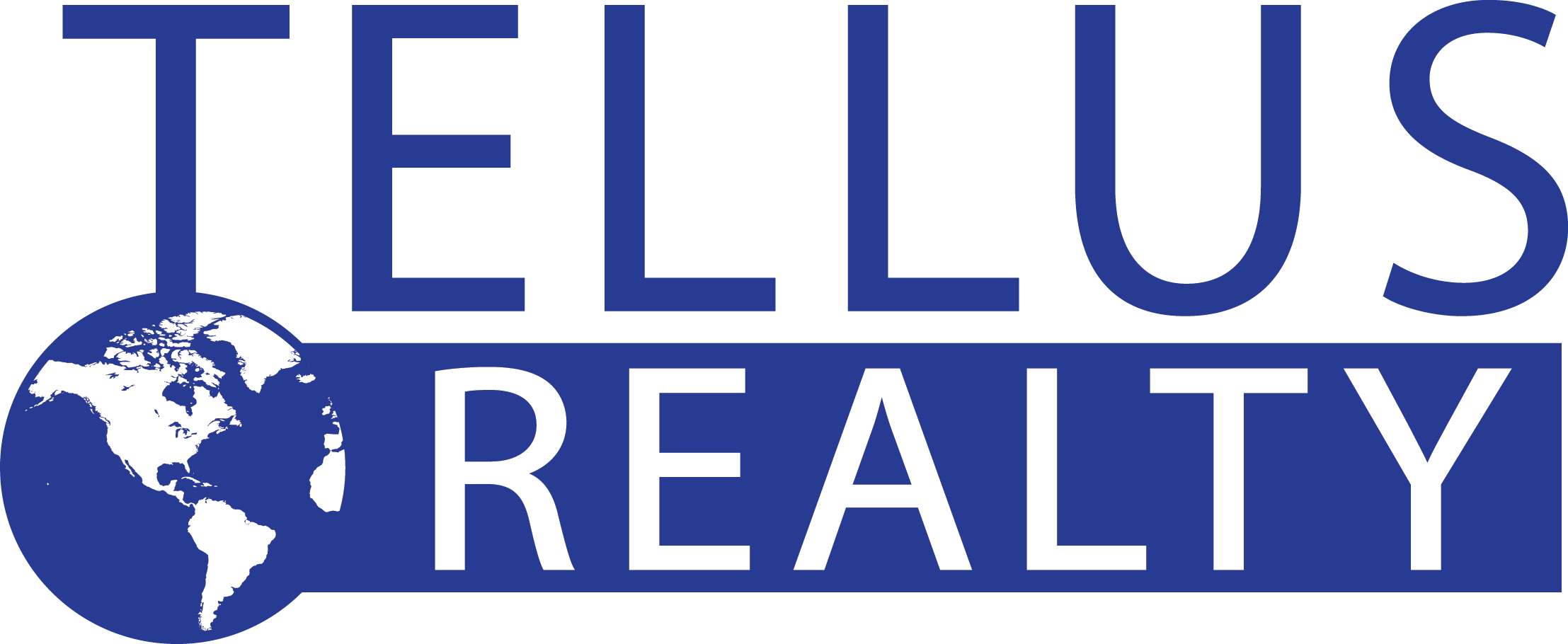Build To Suit
What happens when you cannot find a replacement property that is worth the same price of what you sold in a 1031 exchange? One option is to make improvements to the property being purchased. You can literally build the property to suit your needs or the needs of a potential tenant.
Essentially, you can use exchange funds to pay for the improvements made to the property that can be accomplished before the 180th day of the exchange. It is almost that simple if you are only dealing with a sale that is free and clear. The only factors that can complicate this have to do with debt and lending issues.
The Process?
In simple terms, the Qualified Intermediary (QI) steps into title during the initial purchase, acts as a general contractor to facilitate the payment of improvements, repairs, and even some personal property that is added property. Then, as soon as the work is completed, or we reach the 180th day, that improved property is conveyed to the exchanger to complete the purchase leg of the exchange.
What Improvements Can Count?
Virtually any capital improvements can count towards the value being added to the property. The QI cannot directly pay the exchanger for labor and the value of improvements is simply their cost. As mentioned earlier, personal property can be included, as long as its value does not exceed 15% of the total value of the finished property. An extreme example was the purchase of a fork lift for use in a warehouse being improved in an exchange, or a lawn mower purchased for a rental.
What If the Improvements Are Not Completed?
The property does not need to be habitable to qualify; it simply needs to be attached. A lumber package sitting in the driveway is only personal property until it is attached to the land. There is no inspection required; you only need proof that the money was spent. Guidelines and case examples use the “snap shot rule”. In other words, if you were to take a photo on the last day of the exchange, whatever is visibly completed can be counted.
Use of an LLC
Very often forming an LLC for the process of an Improvement Exchange is an effective way to package the improvements and tie them to the property. Any agreements made with any contractors during the process would remain in effect, and the final transfer of the improved property are smoothly conveyed by a simply Assignment of LLC Interest. This topic can often lead to many other questions, and that is why I am here. To talk to me about any of these, you are always welcome to call me directly for no charge.
Thank you to our friends at http://www.MBS-law.com for sharing this useful information, and letting us share it with you.
Here is the contact information for Kevin Hummel, Manager, Tax Deferred Exchange Practice Group
McFerran & Burns, P.S.
Offices in Tacoma, Kent, Seattle (Northgate), Everett and Silverdale.
Phone: (253) 284-3814 or Toll Free 800-236-4948, option 4
